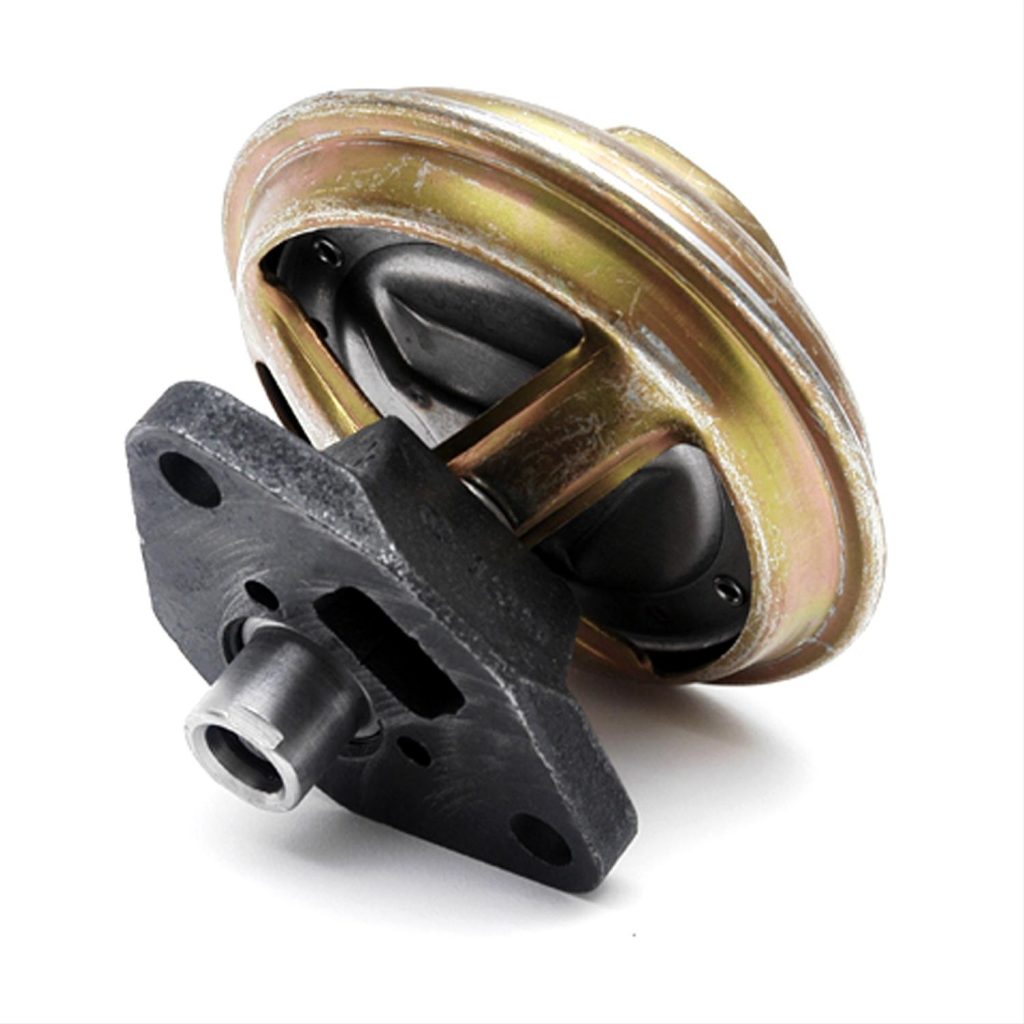The purpose of an EGR valve is to reduce nitrogen oxide emissions in an internal combustion engine. It accomplishes this by recirculating a portion of the engine’s exhaust back into the intake manifold. The EGR valve helps to lower combustion temperatures, which in turn reduces the formation of nitrogen oxide. It can also improve fuel efficiency and engine performance under certain conditions.
An EGR valve can be controlled either mechanically or electronically, depending on the vehicle’s design.

Benefits of an EGR Valve
In addition to the reduced emissions, an EGR valve can help improve overall combustion efficiency by optimizing the air-fuel mixture in the combustion chamber. By lowering combustion temperatures, an EGR valve can also foster improved fuel economy and prevent engine knock, which can directly lead to enhanced engine longevity.
Where is the EGR Valve Located?
The EGR valve is typically located on or near the intake manifold of the engine, but its exact position can vary depending on the make and model of the vehicle.
Many vehicles have the EGR valve mounted directly on the intake manifold. However, on some engines, it may be located on the exhaust manifold.


Comments